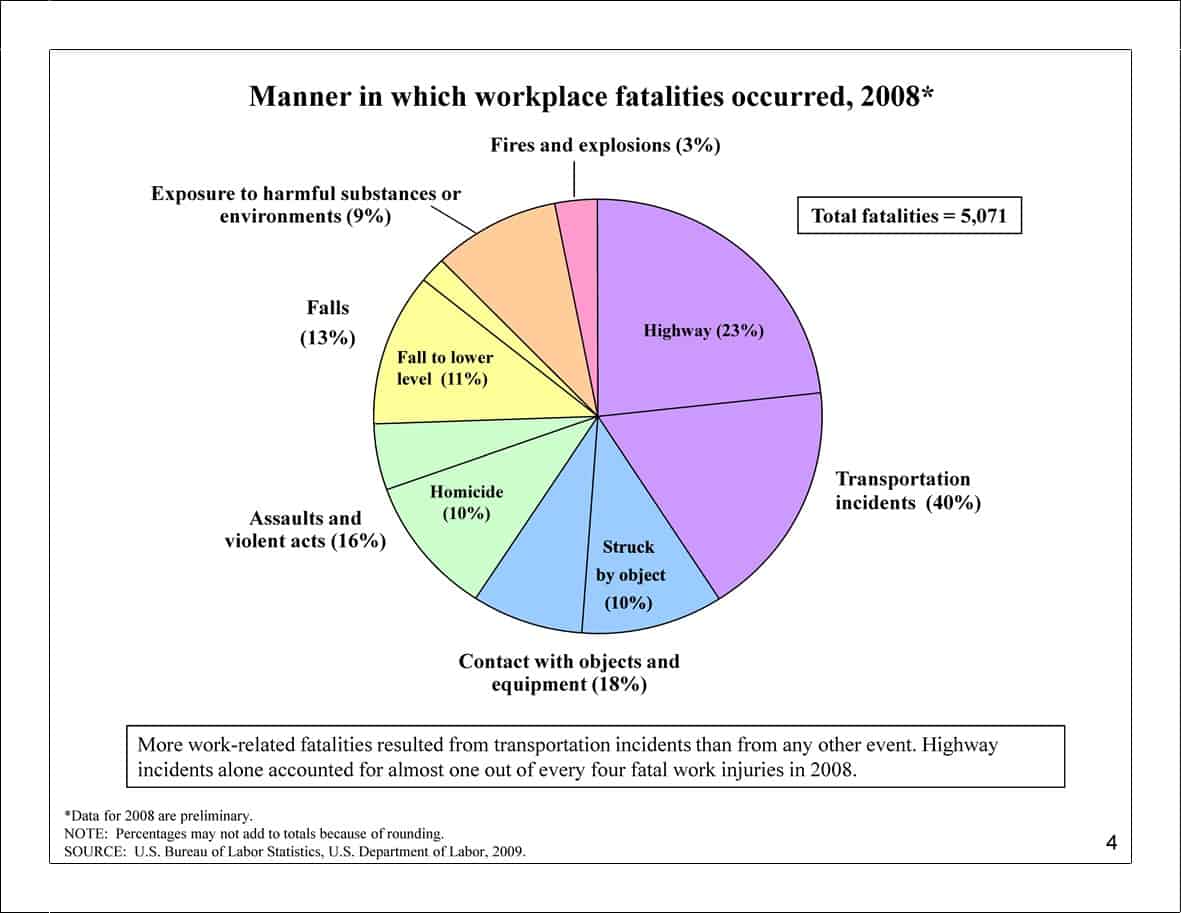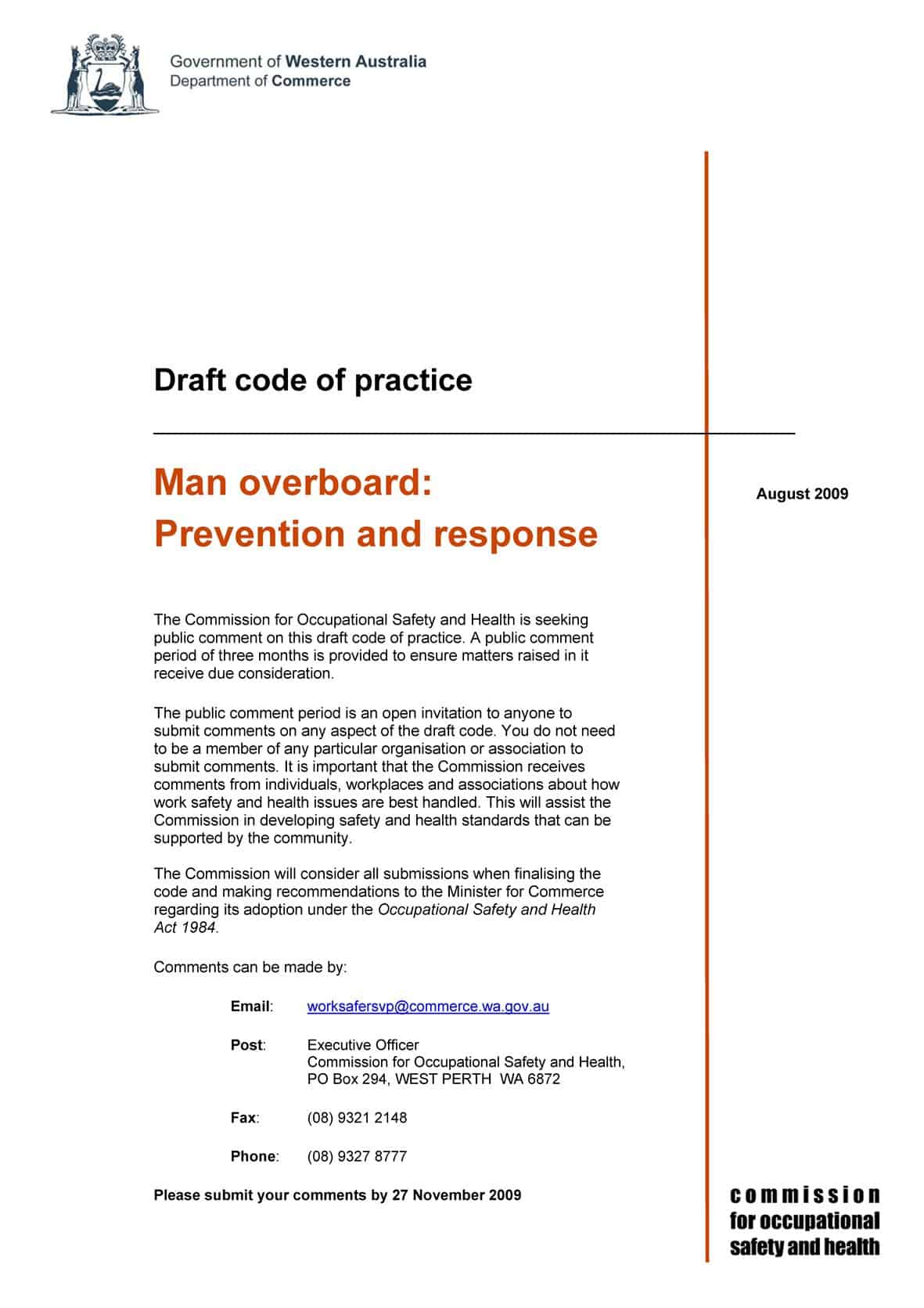The recent court decision by Judge Gzell on the previous directors of James Hardie Industries generated considerable media attention in Australia for many reasons; a primary reason is that the company is perceived as making its profits at the cost of its employees’ health. The social and corporate cost of inadequate workplace and product safety management is now clear to everyone, even public policy makers.
Another area of attention has come from how Judge Gzell’s decision has affected the operation of company boards and the roles of directors. This is hugely important to the big end of town but the rules apply to boards big and small. In August 2009 Regnan (Governance Engagement & Research Pty Ltd) identified three major points from Gzell’s decision; the third is the one that is most broadly relevant.
“Non‐Executive Directors – Today more than ever, investors need competent directors from diverse backgrounds, and this case highlights the critical role non‐executive directors play in overseeing and interrogating company management. While the facts of the James Hardie case are very specific and do not create additional responsibilities for directors, it does underscore the value at risk when non‐executives fail to perform their role and highlights the role of independent directors to satisfy themselves through the taking of advice wholly independent of management.” [my emphasis]
The need for independent advice is regularly identified as an important element of effective risk management for all industry and professional sectors. A board of “yes-men” can do a disservice to an organisation in a very short time.
The OHS professional often seeks a “devil’s advocate” role at senior management level yet to achieve that level of influence one often has to “sell one’s soul to the devil”. It may be possible to be an independent director who holds strong OHS opinions but one would never achieve such a position unless one could demonstrate business acumen, and business acumen often requires the dilution of principles.
The environmental movement has shown one pathway to corporate influence but it is hard to identify an environmental advocate who has achieved corporate influence while maintaining a grass-roots credibility. Similarly, at some point in the OHS professional’s career it is necessary to choose between the ideology from which progression has come and the career progression that requires a reinterpretation of that ideology into the corporate mould.
Is it possible to represent core OHS principles at board level without “joining the darkside”?




